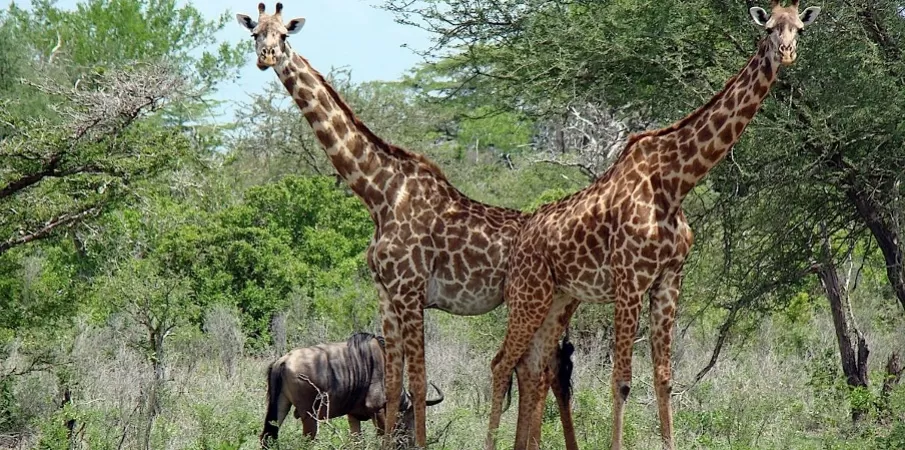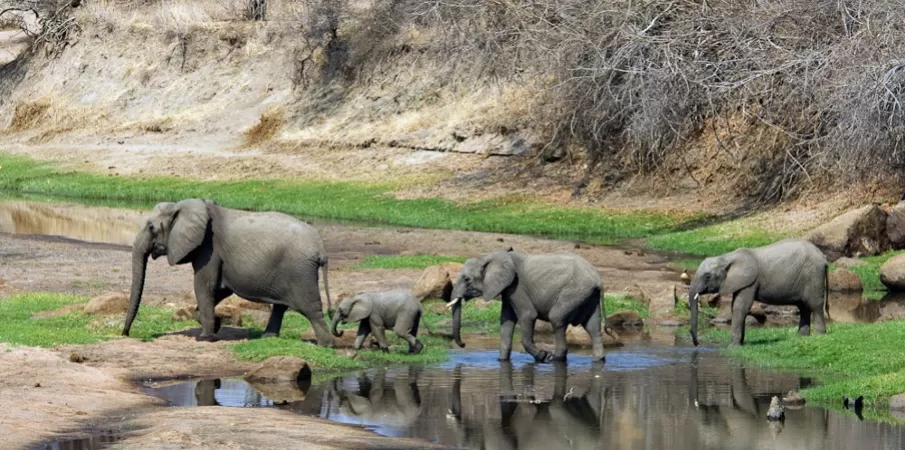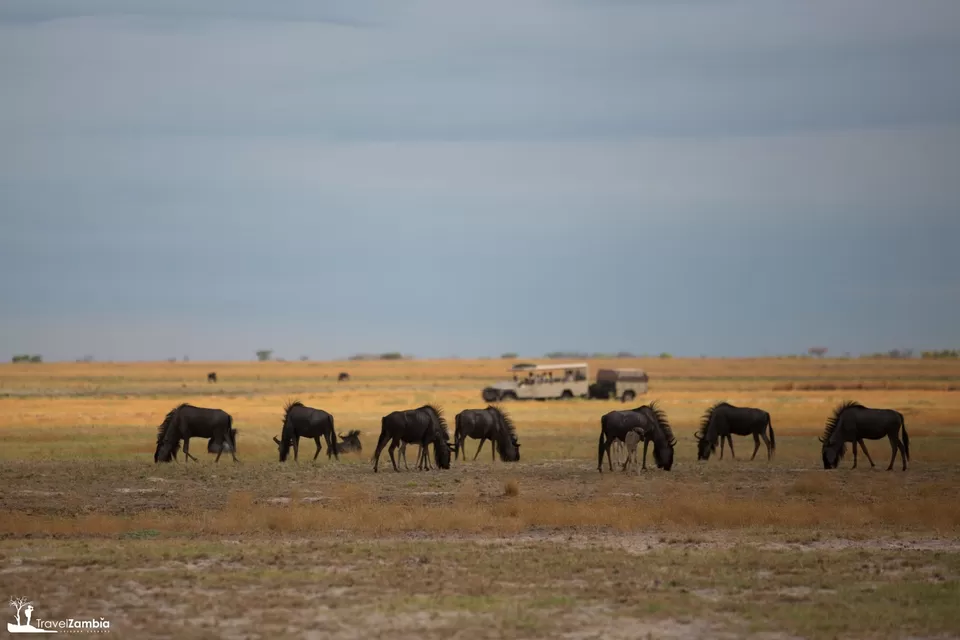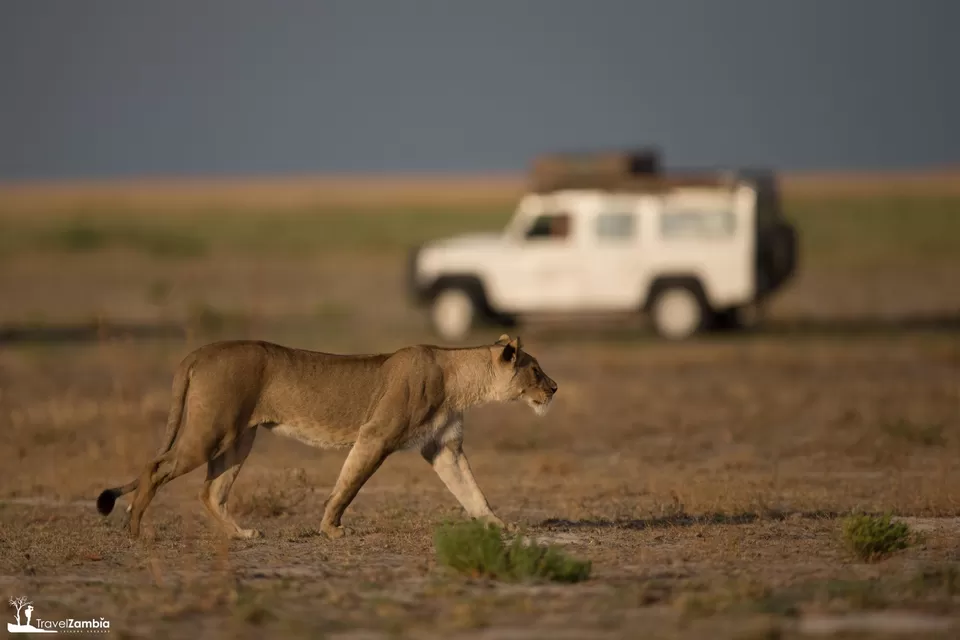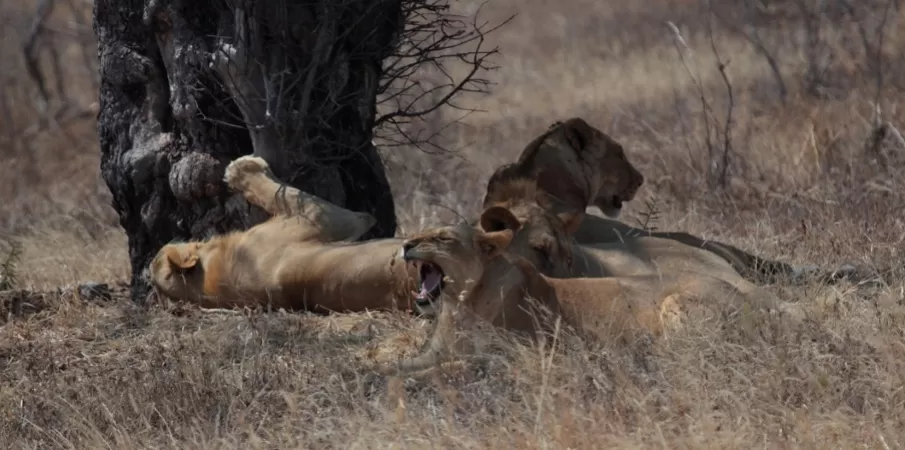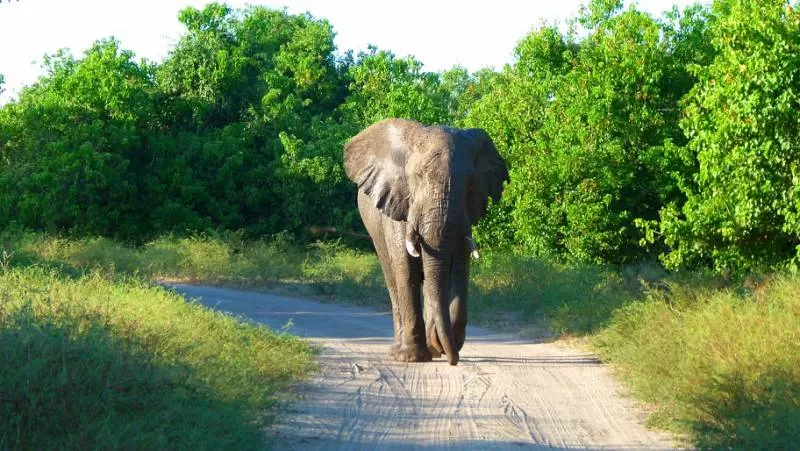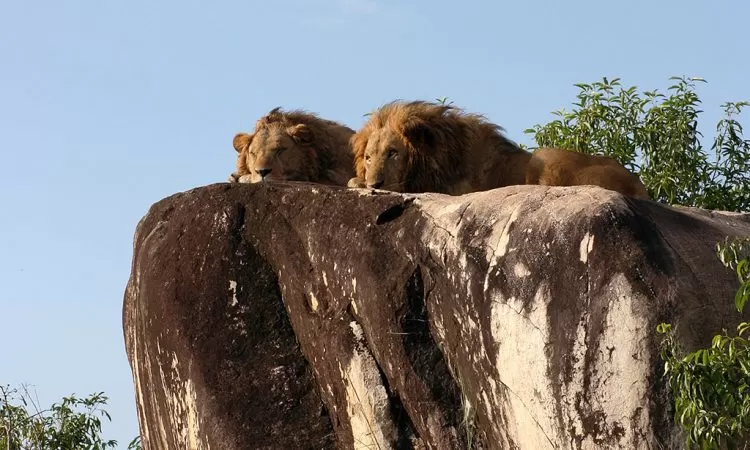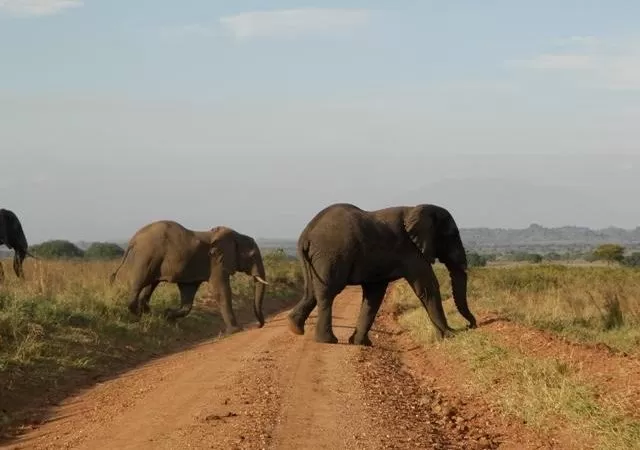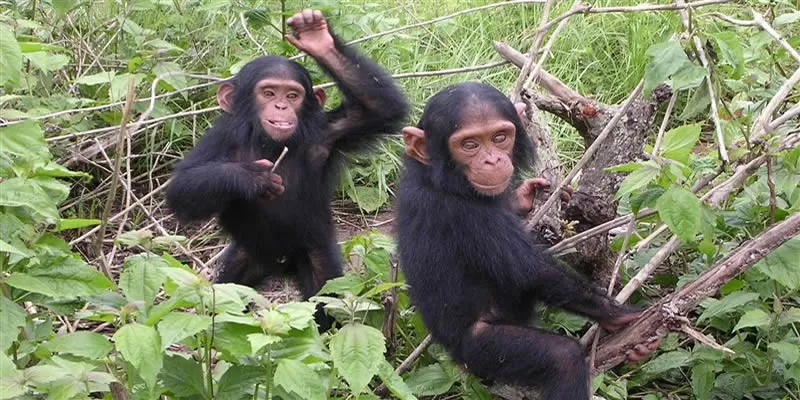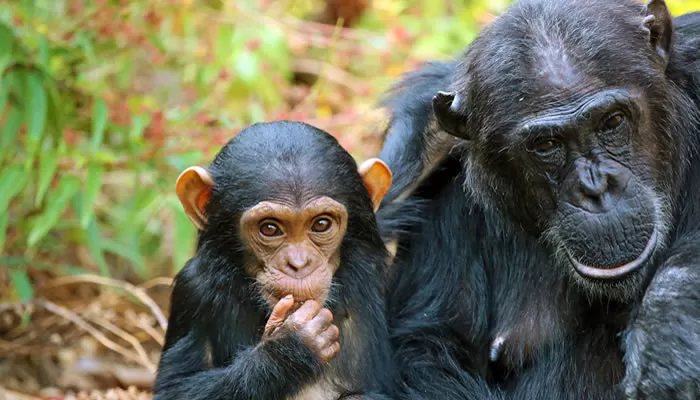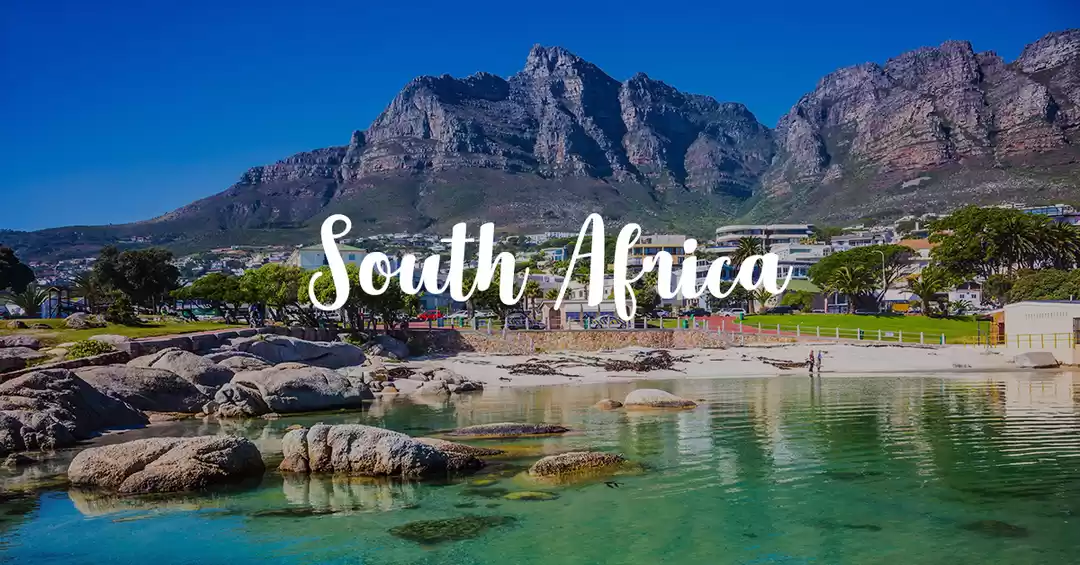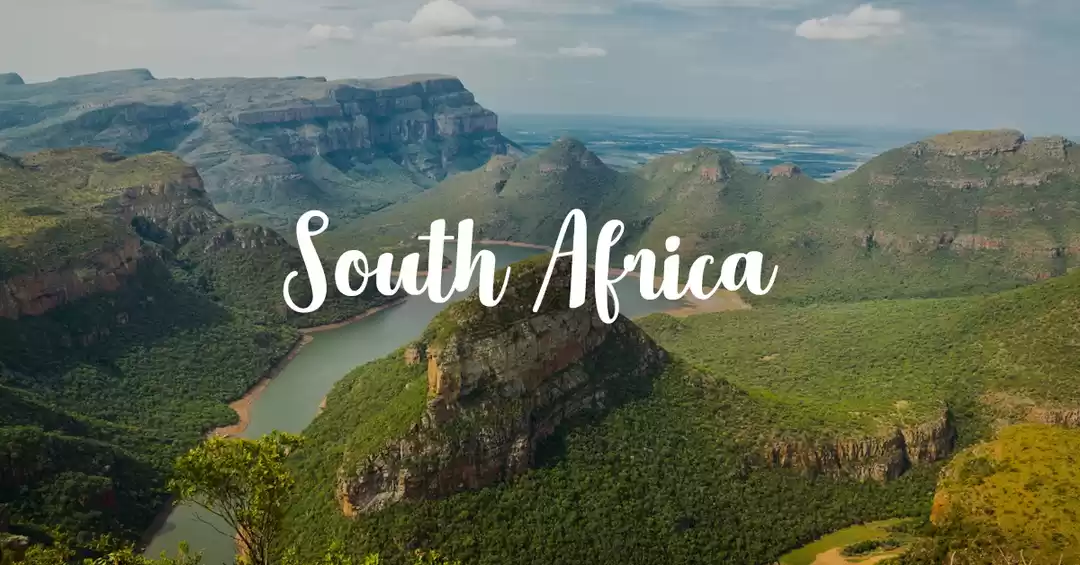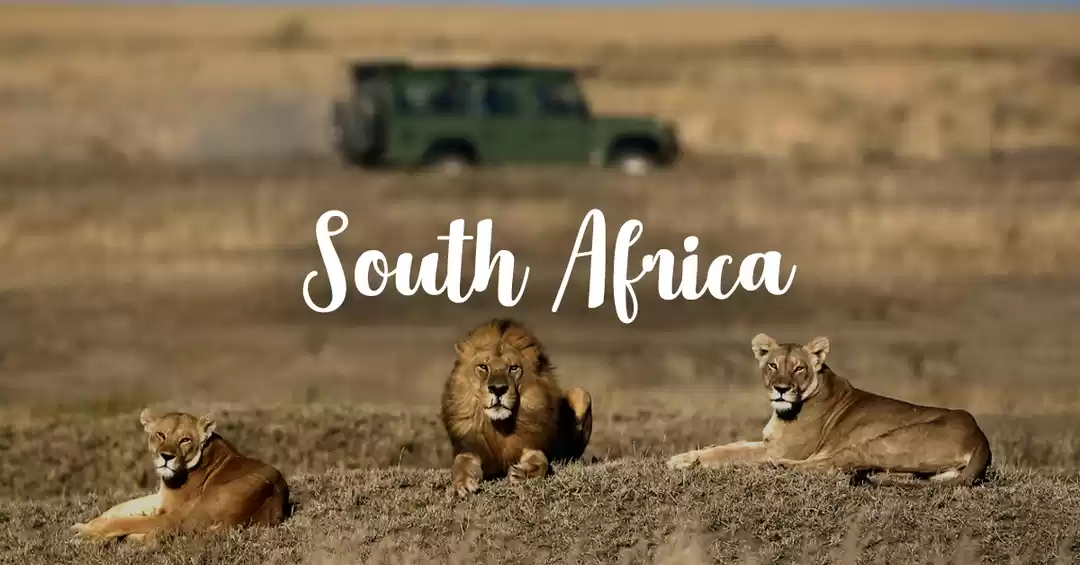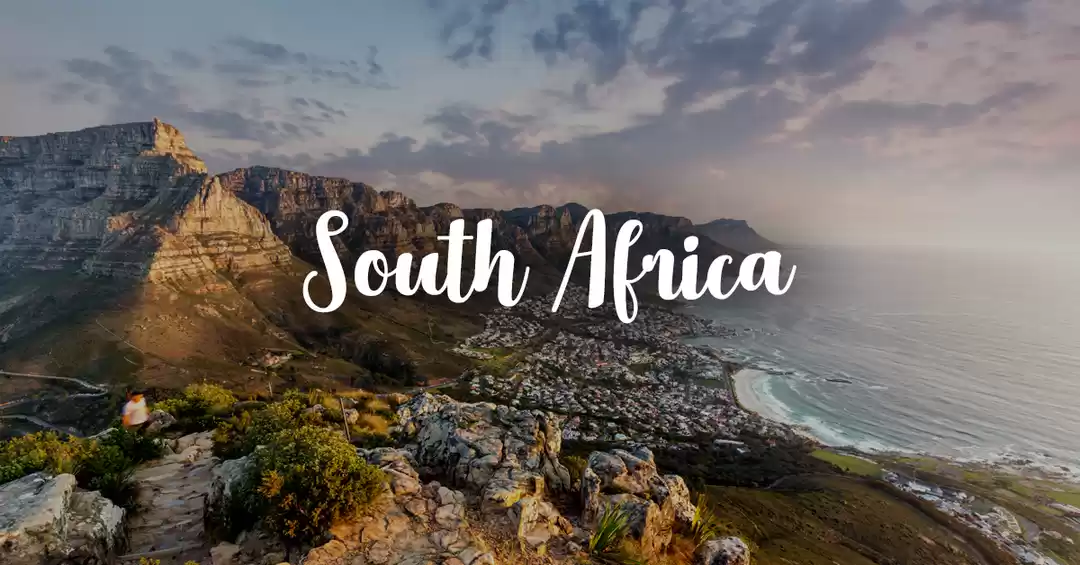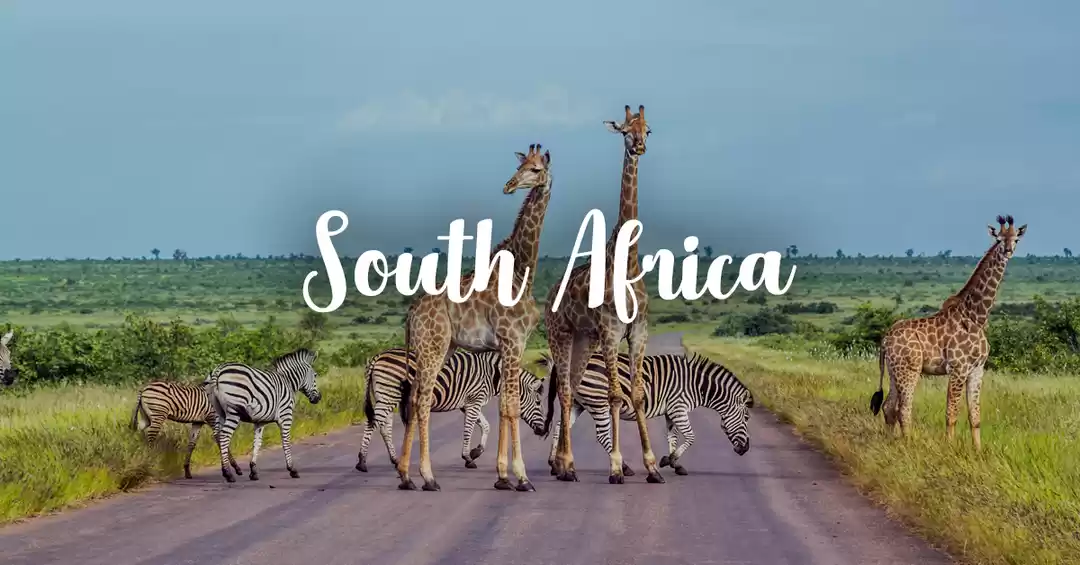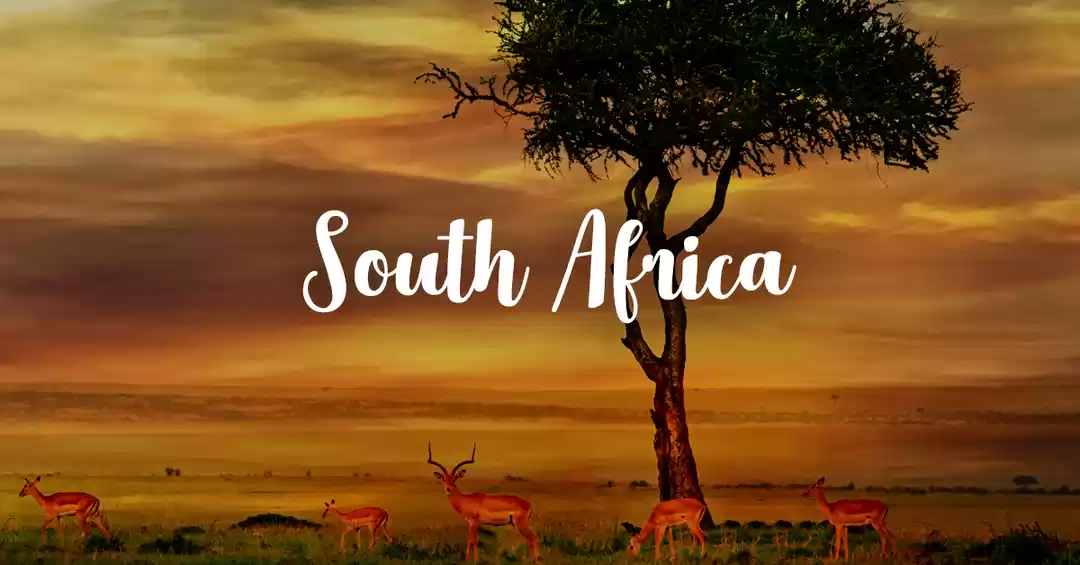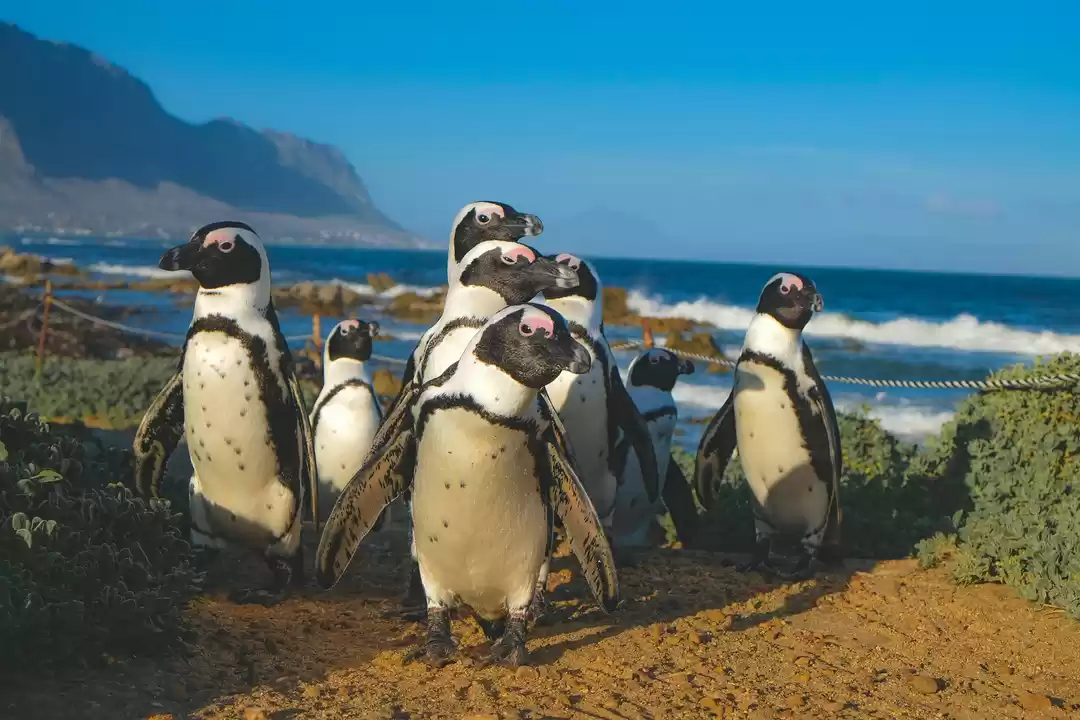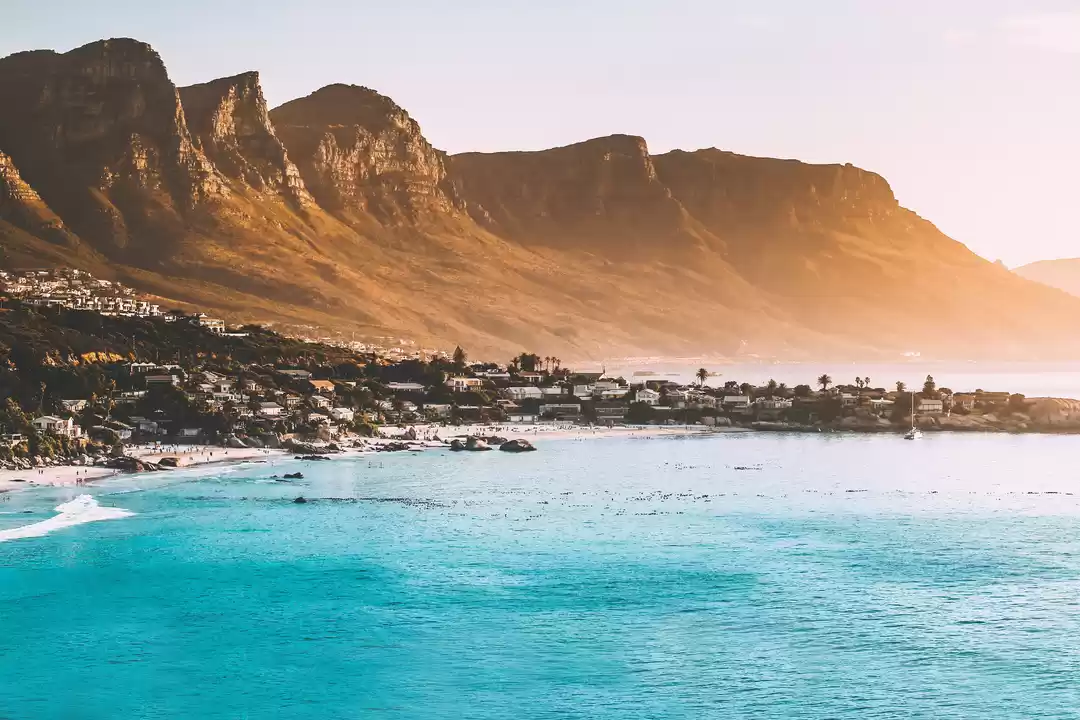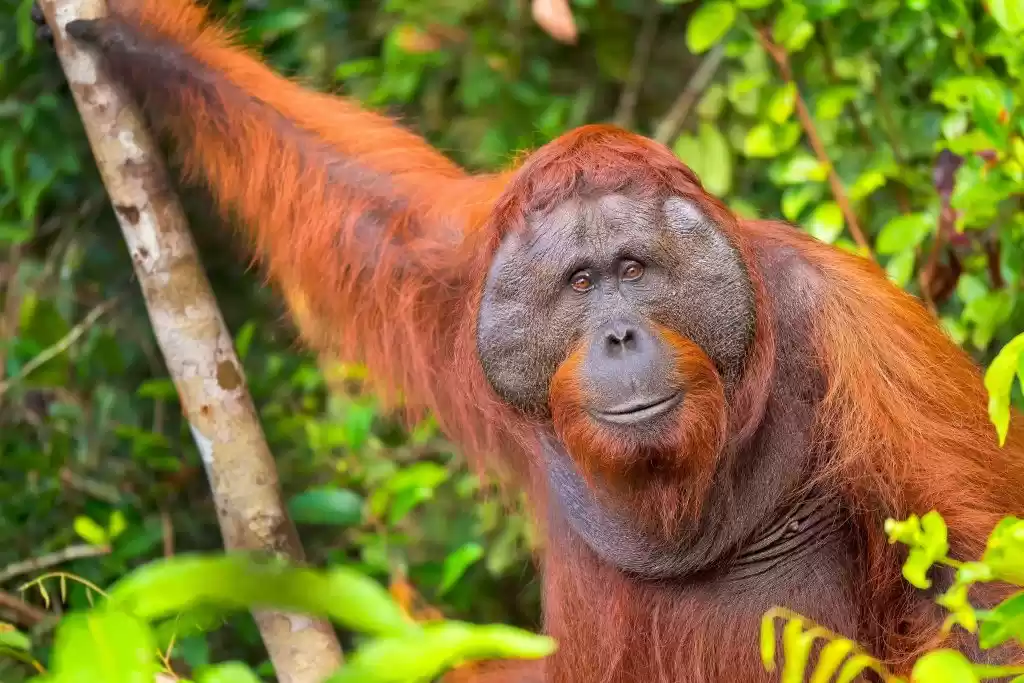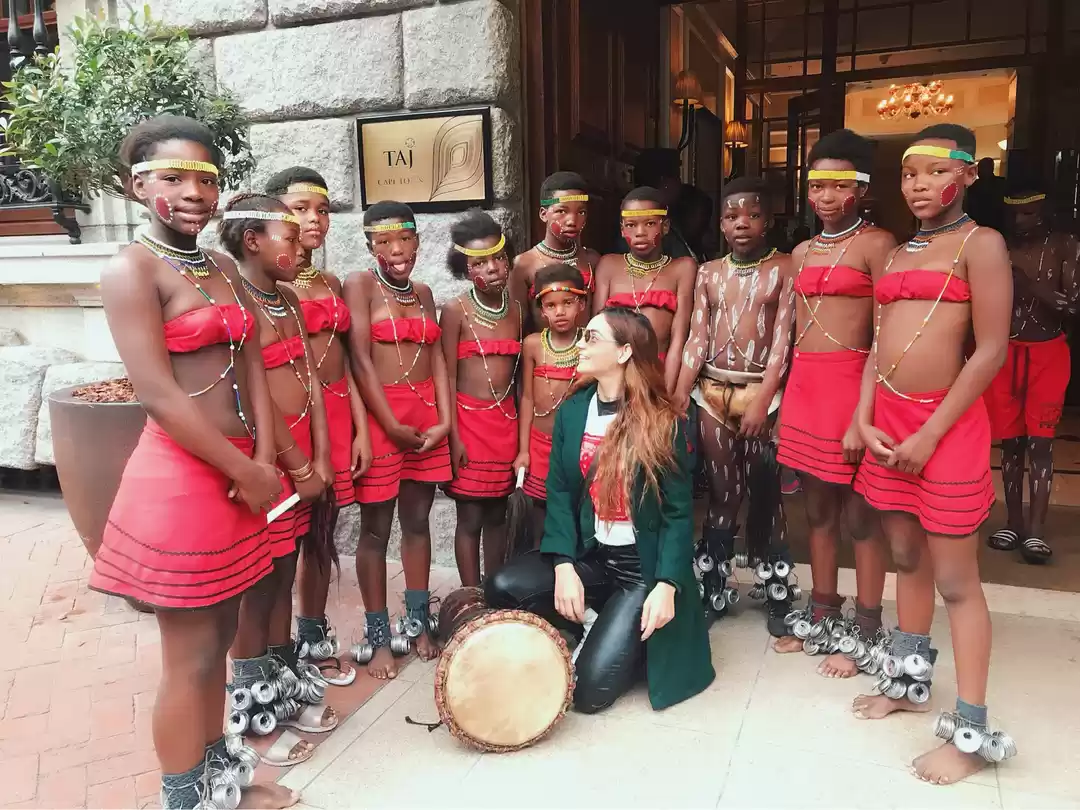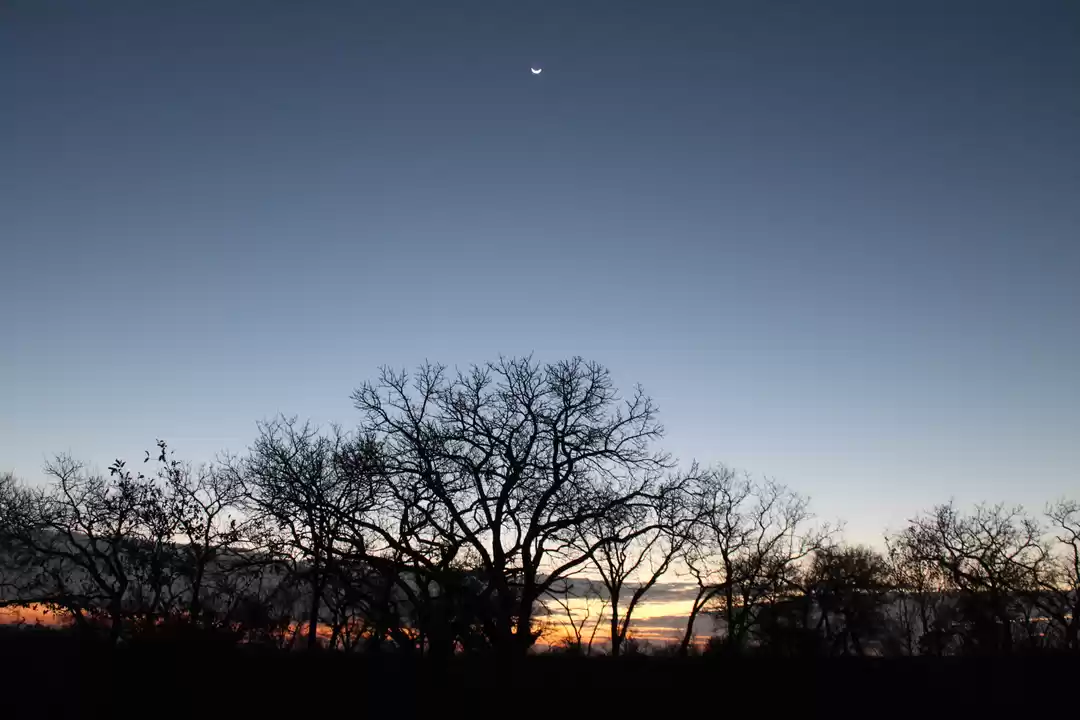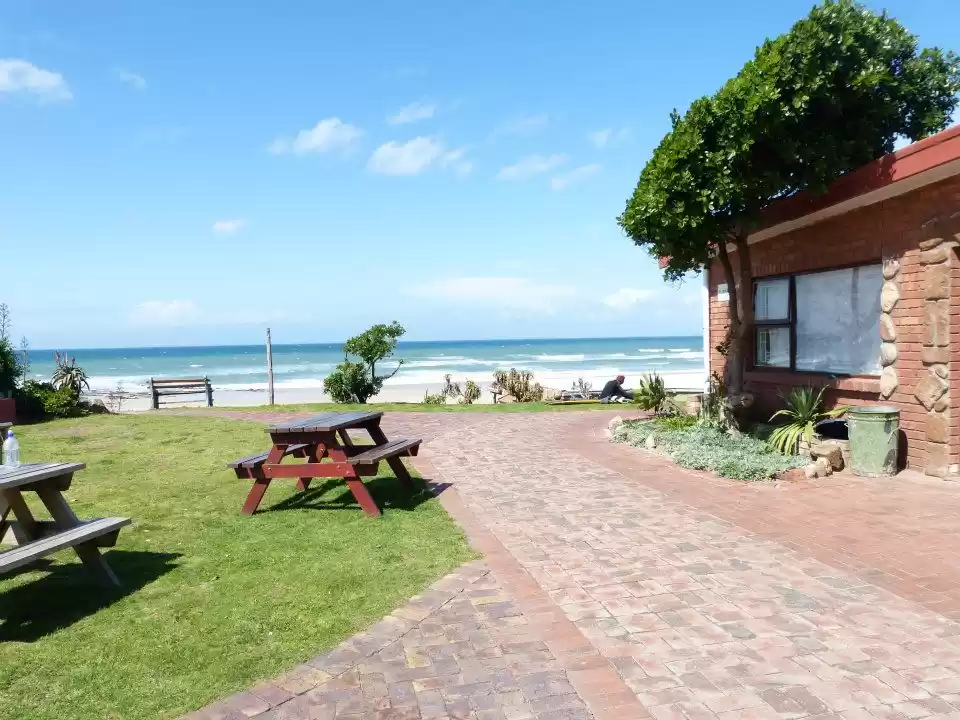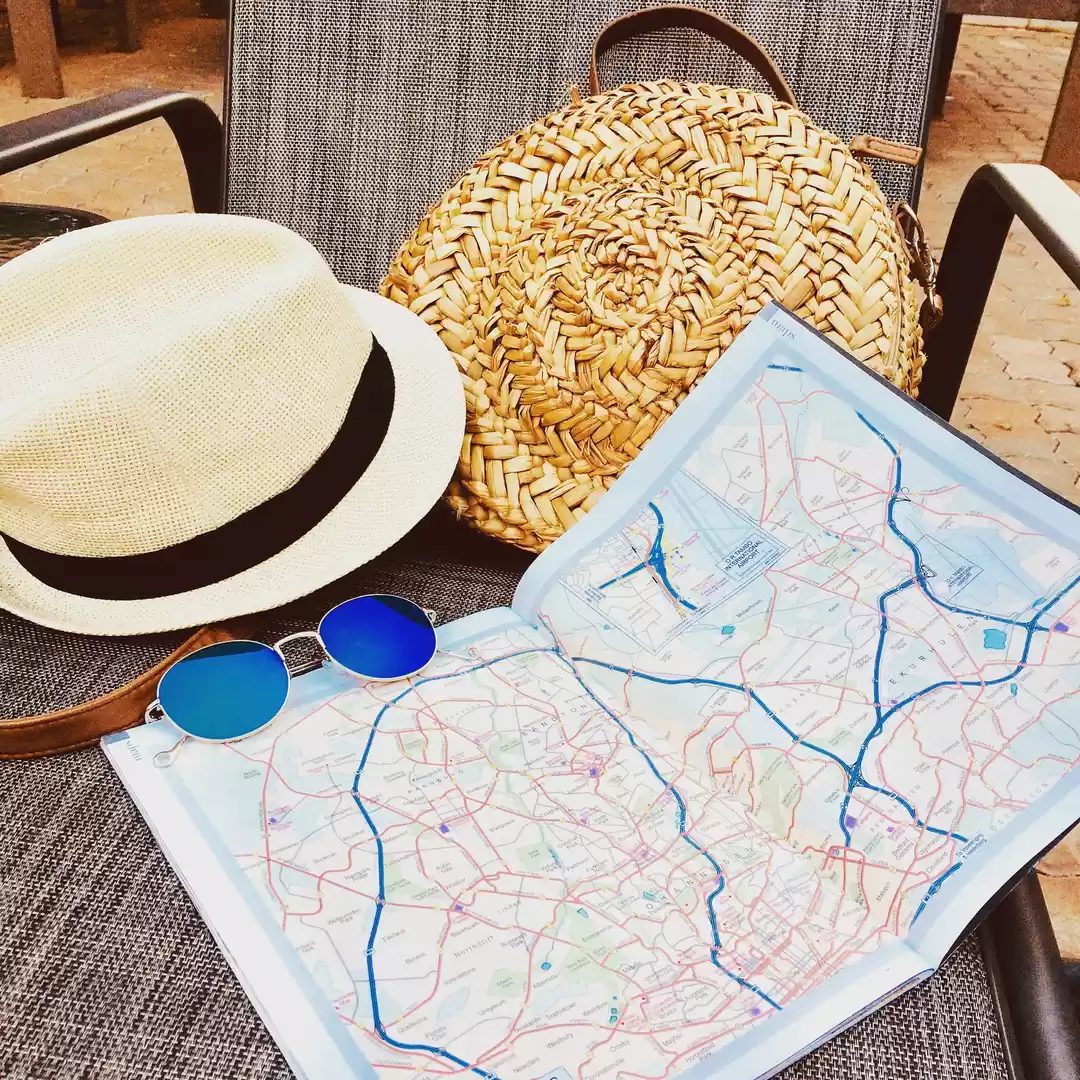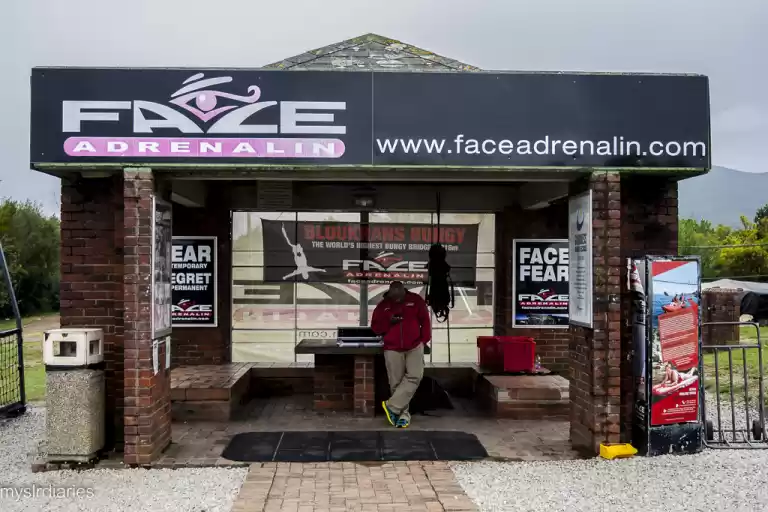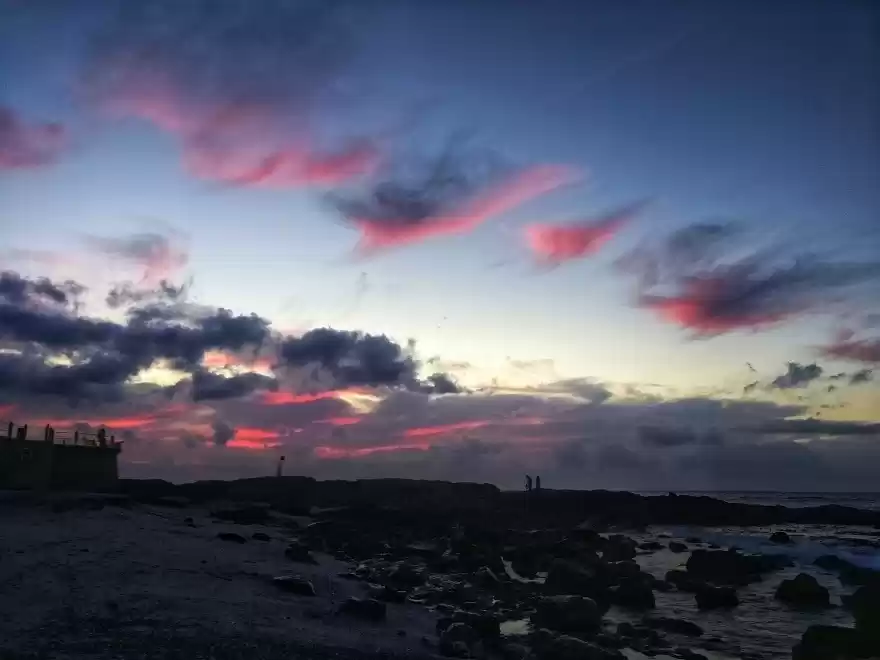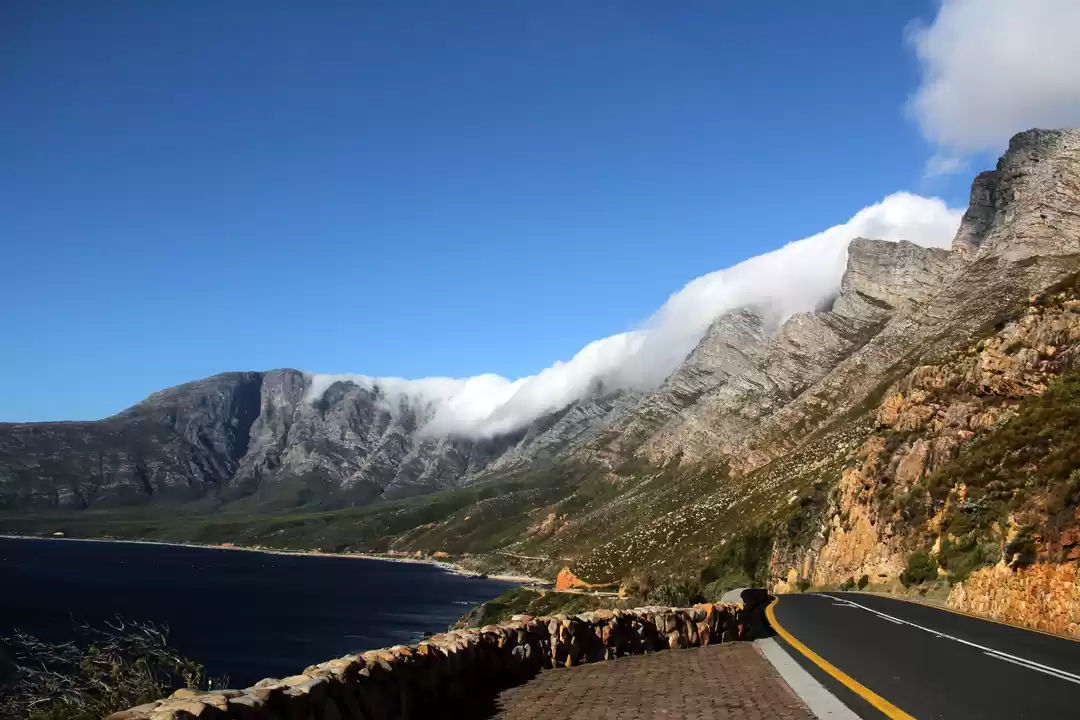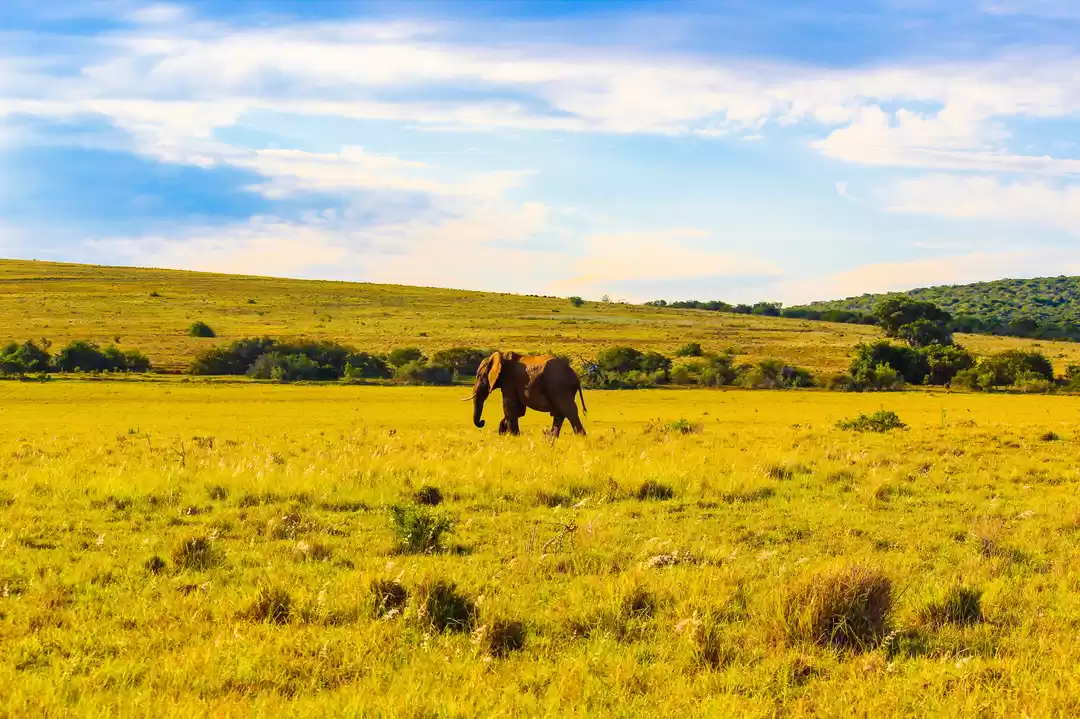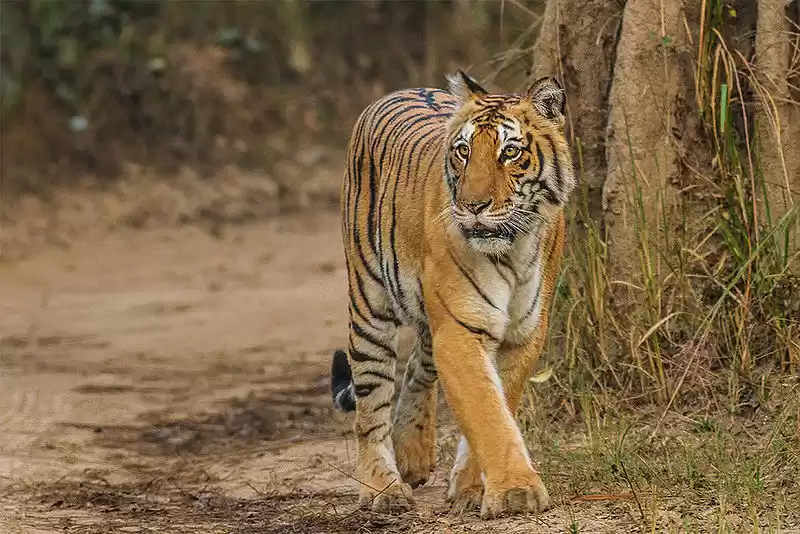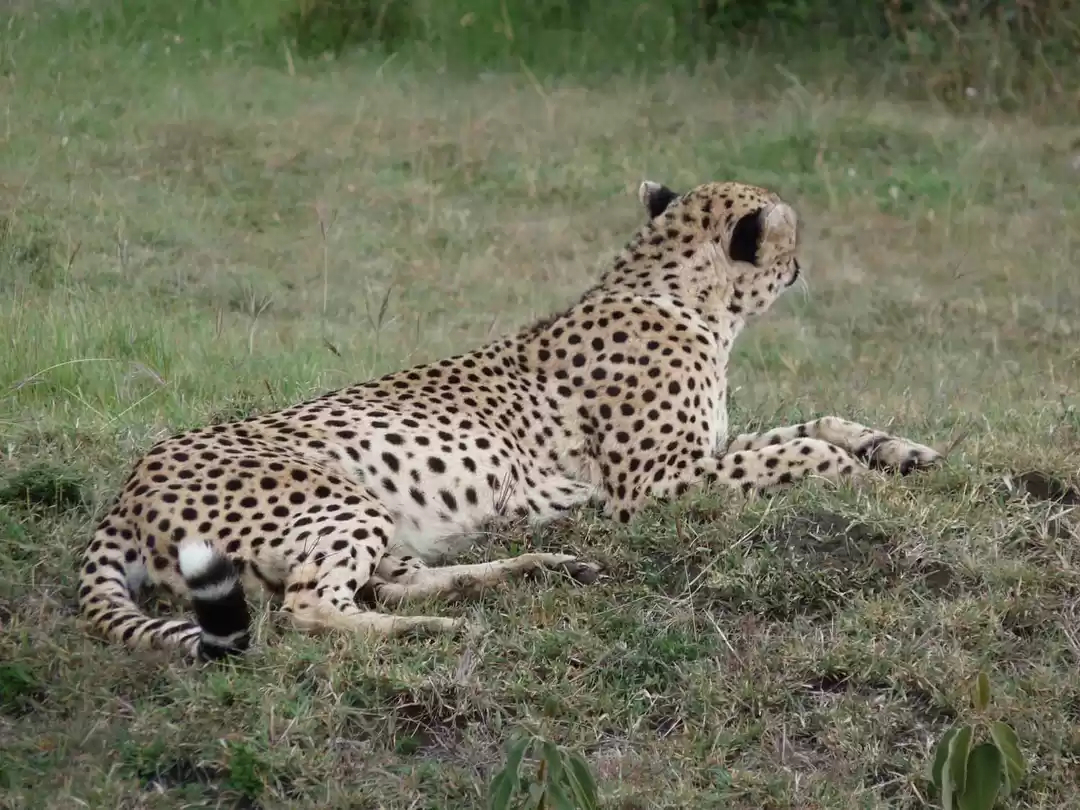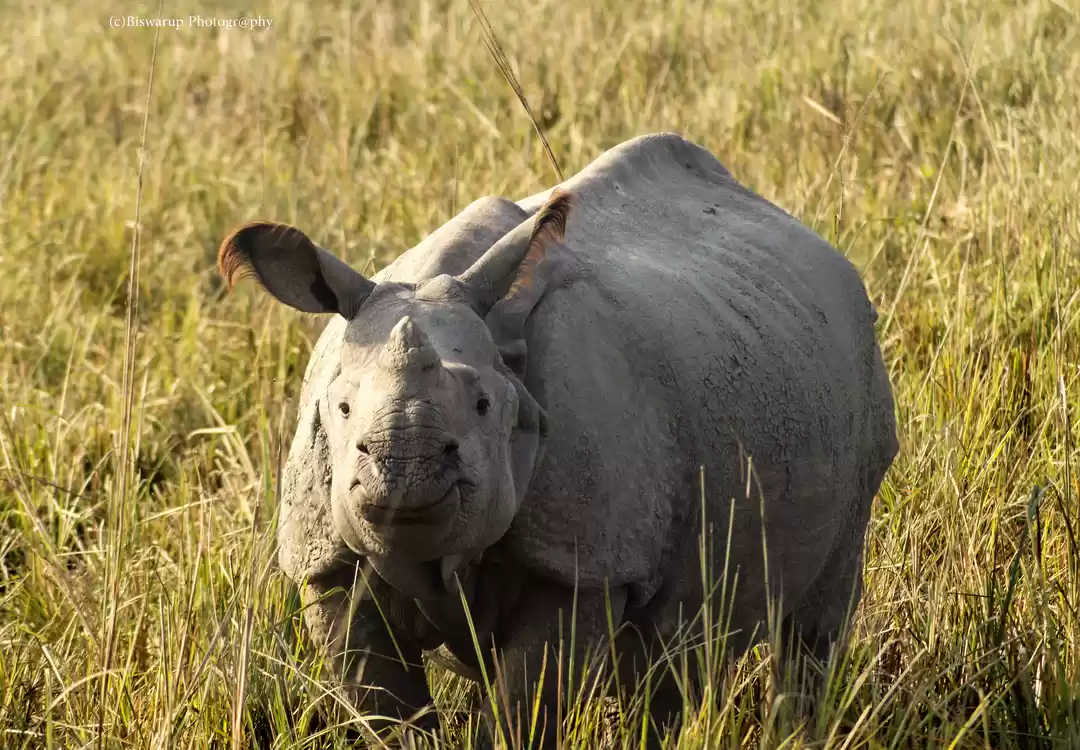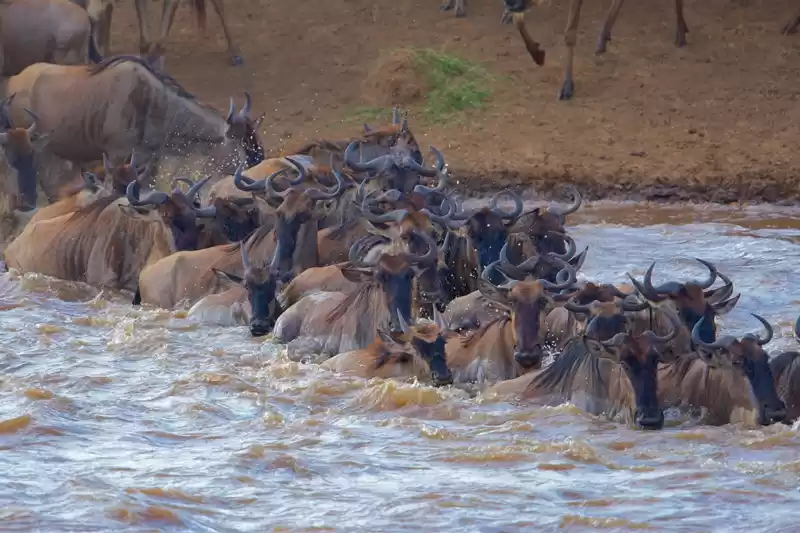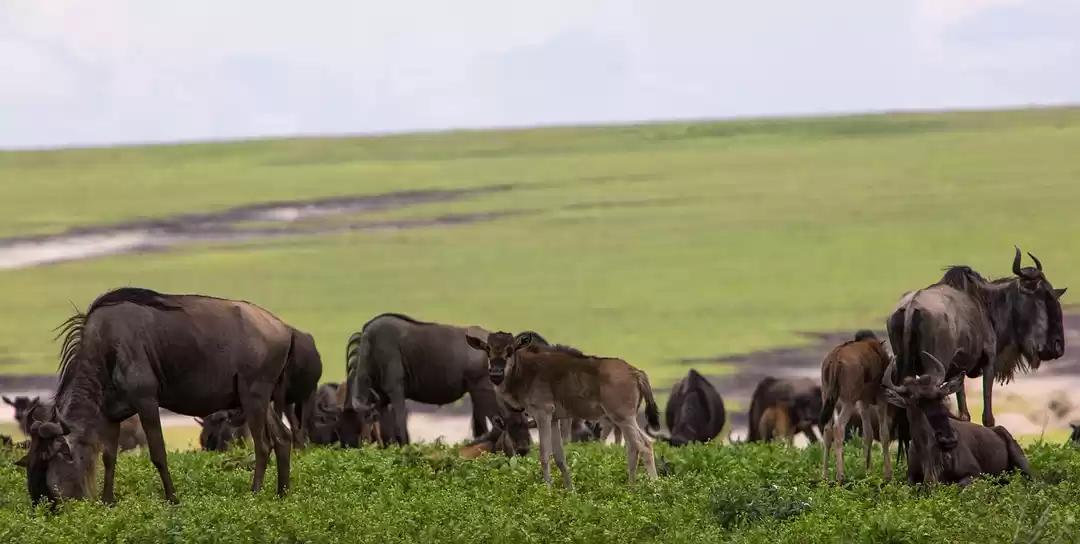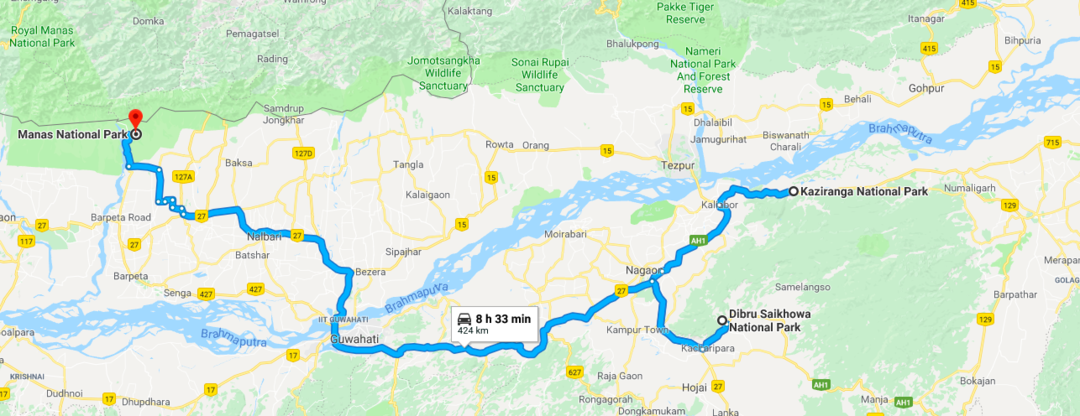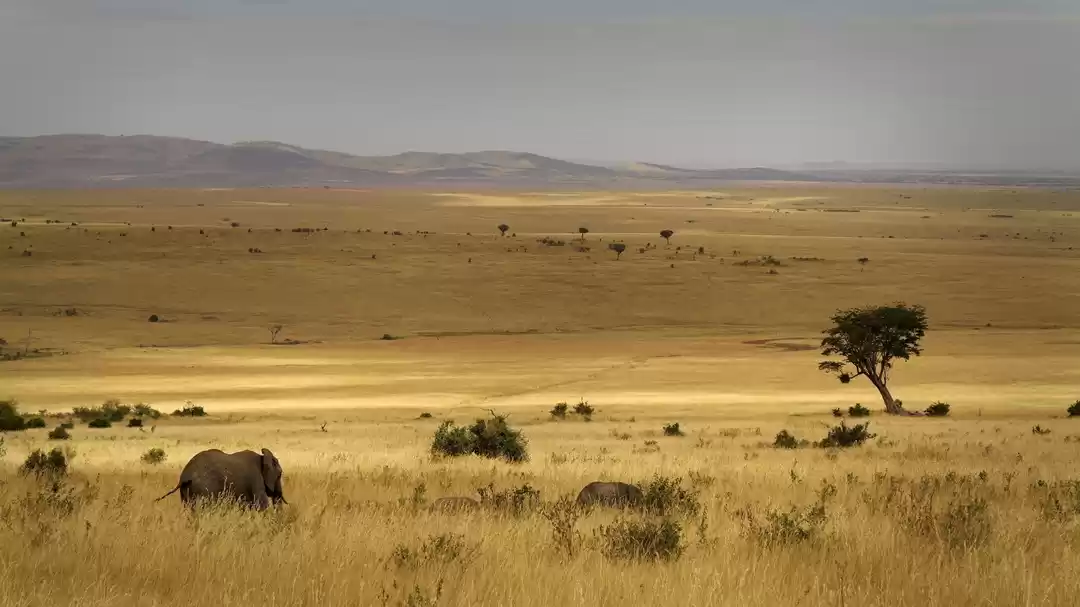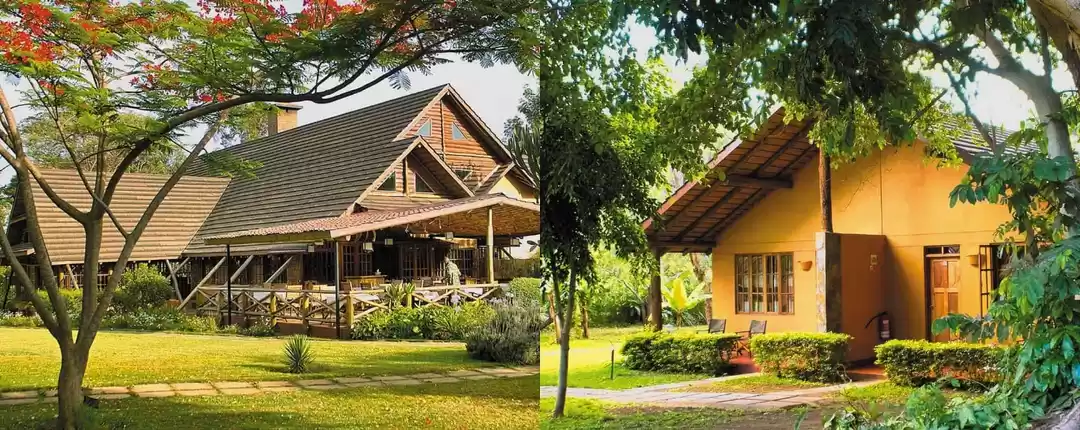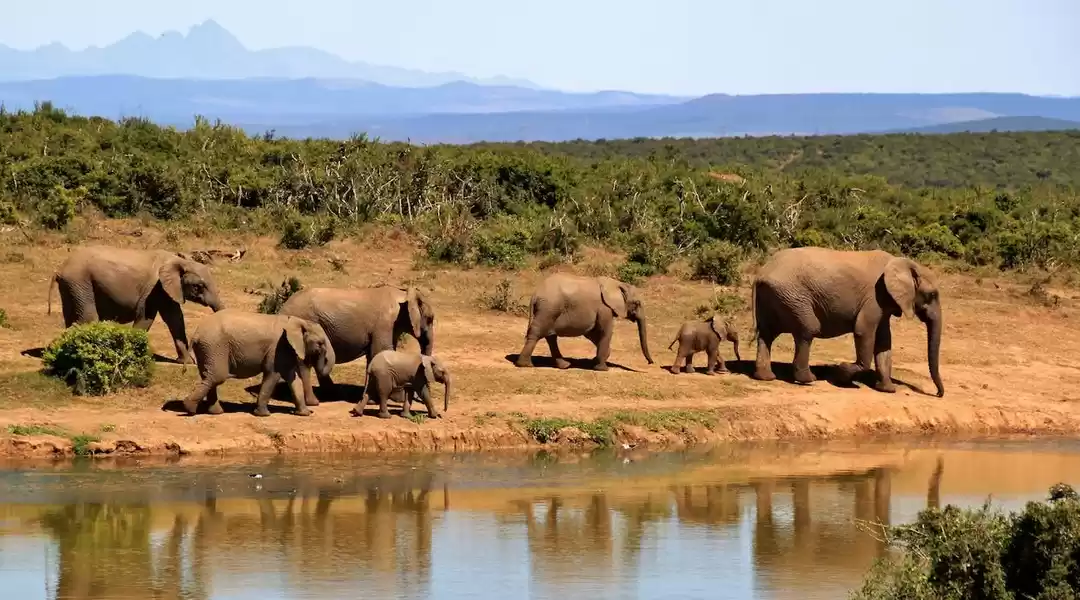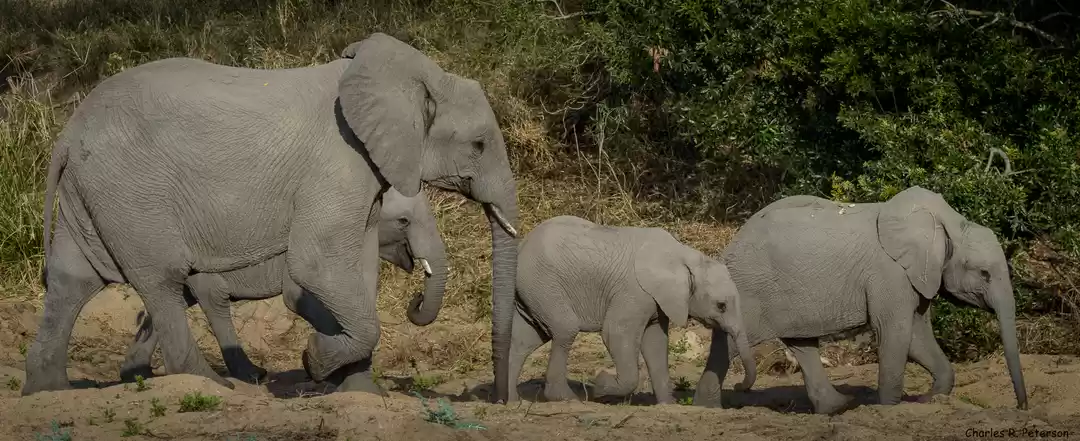Masai Mara, Serengeti or Kruger National Parks are the first few names that come to mind when one thinks of national parks in Africa. These few parks have been rated, time and again, as some of the best national parks to visit in Africa. From being homes to the big 5: Lion, Rhino, Elephant, Leopard and Buffalo, these parks have been the pride of Africa for almost a decade now. Masai Mara's wildebeest migration, or Kruger's lions or even the Nile crocodiles of Serengeti are a sight to behold, but one thing that taints this site is the horde of tourists. With cheaper flight tickets, easy visa rules and tons of tour operators providing trips to Kenya, South Africa and other popular African countries, their national parks have faced the brunt of increasing tourists year after year. The wildebeest migration alone has become an annual phenomena for tourists wanting to visit Africa.
However, Africa is one continent that is the richest in wildlife with probably more national parks than any other continent in the world, and therefore presents the perfect opportunity to spot some wildlife, in their natural habitat, without encountering tourists.
So, here are some African National Parks that are beautiful, rich in exotic wildlife and still unexplored by the usual tourists:
The most offbeat national parks in Africa
Ruaha National Park is the largest national park in Tanzania, and yet not as popular as Serengeti. The name of the park is derived from the Great Ruaha River, which flows along its south – eastern margin and is the focus for game-viewing. The park has more than 571 species of birds that call it home and is believed to have a higher concentration of elephants than any other national park in East Africa. From giraffes and zebras to impalas and gazelles, from lions and leopards to water buffalos and hyenas, Ruaha has a wide diversity of animals and that is exactly what makes it the most exciting national parks in Tanzania.
Entry fees
US$40 (₹2,747) per vehicle and US$30 (₹2,060) per person, valid for 24 hours but only for single entry to park.
Safari cost
When you are taking a safari, the entrance fees is included in the cost of the safari and the cost of safari is usually included in the accommodation charges. The camps you stay at arrange for safaris and usually include at least two safaris per day. The prices start from US$400 (₹27,486) per person per night and can go up to US$1,500 (₹1,03,073) per person per night.
Best time to visit
Ruaha is a dry season park and therefore the best time to visit it is between June and October.
Where to stay
There are more than 10 different camps and lodges available to stay at inside the park. Mabata Makali Luxury Tented Camp is a mid-range one that you can explore.
Liuwa Plain National Park in the far west of Zambia is home to pristine wilderness and that is is its biggest attraction. The animals are spread out across the plains and you can spot variety of animals, from blue wildebeests to wild dogs, lions and hyenas. This park is beautiful and what adds to it's charm is that it is completely authentic, unmarred by any sort of commercialisation. The park has majority of African animals, like zebras, antelopes, water buffaloes and obviously, wildebeests. More than 330 species of bird call Liuwa Plains their home. This untouched African park is truly a hidden gem, waiting to be explored. This park is a great alternative to witness a wildebeest migration!
Entry fees
US$15 (₹1,030) per vehicle and US$30 (₹2,060) per person, valid for 24 hours but only for single entry to park.
Safari cost
Liuwa Plain National Park is not built for tourists and therefore a safari is not as easily booked for here. This is a park you can visit on a group package tour that includes a few other national parks of Zambia as well. The shortest on is an eight day safari that covers Ngonye Falls, Liuwa Plain National Park, Mongu and Kafue National Park. This package will cost you ₹95,584 per person on double occupancy.
Best time to visit
October to June are the best months to visit this national park. November is a great month to visit as it marks the beginning of rainy season, when dramatic cloud formations create spectacular skylines and also the month when blue wildebeest migrate from the neighbouring Angola.
Where to stay
Since the park is very remotely located there are only two accommodation options here: Matamanene Camp and King Lewanika Lodge.
Namibia is one of the best national parks in Africa to watch wildlife. Even though the popular and often visited Etosha National Park is a beautiful place to get an idea of the diverse wildlife that prospers in this African country, it is the wild and seldom visited Nkasa Rupara (formerly Mamili) National Park that will hold your heart and stuns you with it's sheer pristine beauty. A watery wonderland of wildlife rich islands, river channels and wetlands, 'wild' is literally the best word to define the landscape and habitants of Nkasa Rupara. Here there are no guided tours or campsites. You can literally hire a 4X4 SUV and drive through the park. Nkasa Rupara has the most number of species of birds that call it their home or migrate here in the wet season, and every big mammal of Africa can be spotted here. In addition to large herds of elephants and buffalo, lion, leopard, spotted hyena, giraffe, impala, red lechwe, reedbuck and the elusive sitatunga can be seen.
Entry fees
NAD30 (₹155) per person and NAD10 (₹52) per vehicle. This is the cost of entry in the park, for 24 hours. Guides can be hired from the nearby lodges for NAD50 (₹257) per vehicle.
Safari cost
There are no guided safaris. The only way to see the park is to hire a car, get a local guide and drive in! But one must take at least two vehicles because sometimes, even an SUV can get stuck on waterlogged roads and you will need another car to pull you out.
Best time to visit
July to September are the best months to visit as the rains are minimal and roads are not waterlogged.
Where to stay
There is only Jackalberry Tented Camp, a small intimate camp set inside the park. It's sister lodge Nkasa Lupala Lodge borders the park to the north. Both of these camps are unfenced and wildlife from the park wanders through both property's.
The Kidepo Valley National Park is located in a remote and isolated corner of Uganda, thus making it an ideal place for people who want to spot wildlife without any interference. This is a true wilderness destination for the adventurous with jagged mountains, diverse wildlife viewing during including several species not encountered anywhere else in Uganda. The park has 20 species of predators including cheetah and black-backed jackal. Elephant, Burchell's zebra, buffalo and Rothschild's giraffe are all regularly seen.
Entry fees
US$40 (₹2,747) per person and US$150 (₹10,317)per vehicle.
Safari cost
Safaris are for a minimum of three days. You can enquire about the cost and know more about them at Kidepo Valley National Park's official website here. The approximate cost can be up to ₹36,000 per person for three days, on double occupancy, that includes luxury accommodation.
Best time to visit
September to March is the best time to go wildlife watching in Kidepo. It's the dry season, when animals go searching for water and thus are easier to spot.
Where to stay
There are currently 3 accommodation facilities in Kidepo, Apoka Safari Lodge that offers luxury accommodation, Nga’Moru Wilderness Camp and Apoka Rest Camp that offer both mid-range and budget accommodation respectively.
Nyungwe National Park is one of the world’s most beautiful and pristine mountain rainforests. It is believed that Nyungwe remained green even through the Ice Age, and is one of Africa's oldest forests, resulting in a reserve that not only has a diverse wildlife but a flourishing ec0system. Home to chimpanzees primarily, and also 12 other primate species, Nyungwe is also considered a birder's paradise, being home to over 300 avian species and is also habituated by 75 different mammal species. In this forest you can also hike, bike along the beautiful mountainous terrain and go for canopy walks and chimpanzee tracking.
Entry fees
Nyungwe National park entrance fees differ according to which activities you are going to do. Starting from US$40 (₹2,751) for 1 day nature walks and going up to US$90 (₹6,190) for chimpanzee tracking, all prices can be checked here.
Safari cost
There are no fixed safaris. The costs are the same as entry fees.
Best time to visit
The best months to visit Nyungwe is during the long dry season that lasts from June to September or during the short dry season from mid-December to mid-February.
Where to stay
Nyungwe Top View Hill Hotel for luxury accommodation and Kitabi EcoCenter at the edge of the reserve for budget accommodation.
Have you been to any of these national parks in Africa? Write your experiences on Tripoto and help a community of over 25 million traveller plan their next holiday.
Frequent Searches Leading To This Page:-
best national parks in africa to see wildlife, best national parks in africa for safari, top national parks in africa, animals in national parks in africa


